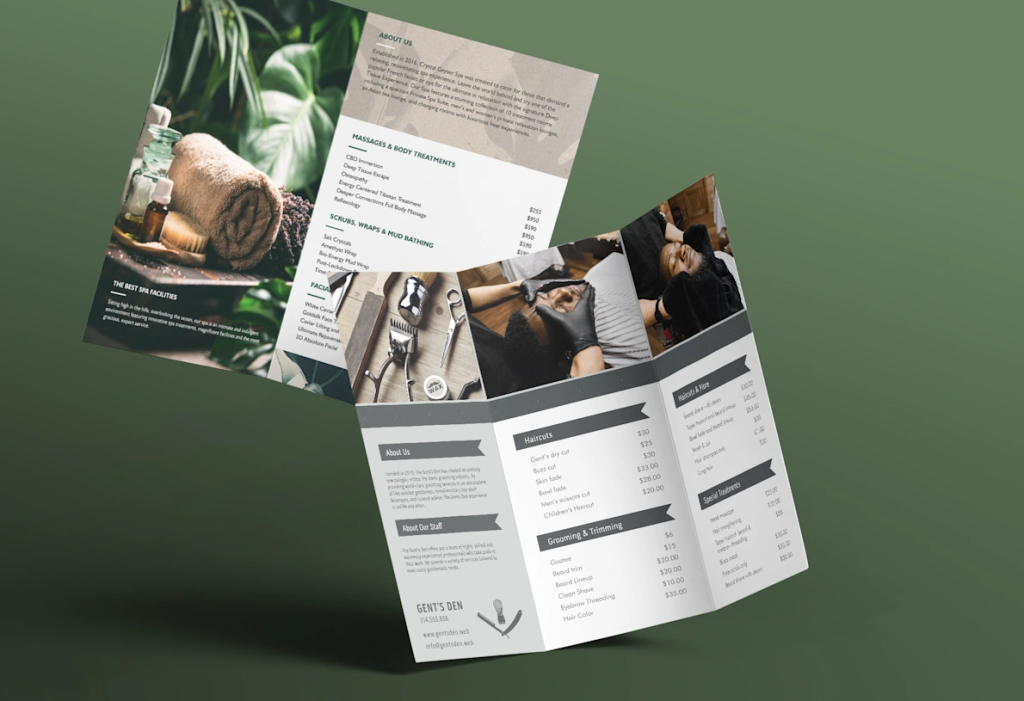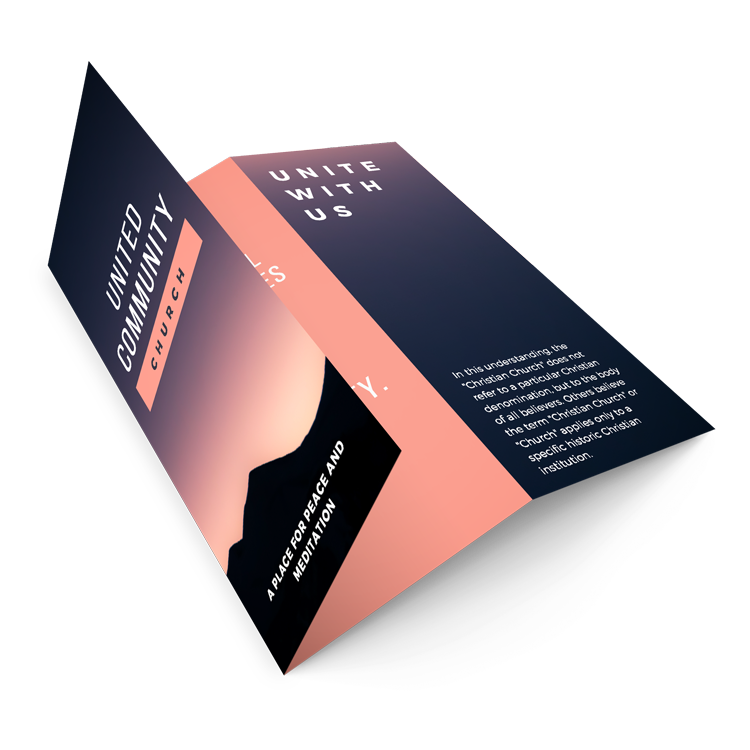As an individual with a deep understanding of the printing industry, you likely appreciate the enduring significance of printed materials in branding, advertising for businesses and various organizations, communicating vital information, and generating leads. While numerous types of print materials are available, brochures are a versatile and widely used format, offering a concise and visually engaging way to convey important information. With this in mind, we have compiled a comprehensive guide to brochure printing, which aims to provide you with an array of valuable tips and tricks to help you create top-notch brochures for your clientele.
Designing Your Brochure
When creating a brochure, the first and most crucial step is to design the layout meticulously. The design should be tailored to meet your client’s unique requirements while being mindful of their target audience and the message they hope to convey. Utilizing striking images, graphics, and typography will elevate the design and make it stand out. Please pay close attention to the brochure’s color scheme, layout, and structure to ensure it is easily read and visually appealing. In addition, it is essential to maintain consistency with your client’s brand identity to portray the image they aim to convey accurately. By taking these steps, you will create a top-notch brochure that successfully captures your client’s vision and effectively communicates their message.
Choosing the Right Format
Brochures come in different sizes and formats, which can be customized according to your client’s specific needs. The most common booklet sizes are 8.5×11, 8.5×14, and 11×17, but also custom sizes are available. Regarding formats, there are various options, including bifold, trifold, z-fold, gatefold, and accordion fold. Each design has advantages and disadvantages, so it’s essential to consider factors such as your client’s message, budget, and target audience when selecting the appropriate format. By carefully considering these elements, you can create a brochure that effectively communicates your client’s message and resonates with their intended audience.
Paper Quality

When embarking on creating a brochure, it is imperative to carefully consider the type of paper you select, as it can significantly impact the tactile experience, durability, and overall quality of the finished product. To make an informed decision, assessing the tone and message your client wishes to convey is essential. For example, a more formal manner may benefit from a heavier-weight paper, while a more informal or playful tone may be better suited to a lighter-weight report. Additionally, the choice between a glossy or matte finish can also play a role in determining the overall aesthetic of the brochure. While a glossy finish can provide a more polished look, a matte finish may be more appropriate for a more subdued or understated design. Finding the right balance between cost and quality is crucial for achieving the best possible results.
Print Quality
To ensure that your printed materials have a professional and polished appearance, it’s essential to prioritize high-quality printing. To achieve this, it’s recommended that you select a printing company with a proven track record of producing exceptional prints. Regarding brochure printing, there are two commonly used techniques: digital and offset printing. Digital printing is best suited for smaller jobs, while offset printing is ideal for larger quantities. Additionally, it’s essential to carefully consider color balance and ensure that the text is easily legible, as this can significantly impact the overall effectiveness of your printed materials. By considering these factors and working with a reliable printing company, you can ensure that your printed brochures are of the highest possible quality.
Finishing Options

When creating a brochure, it’s essential to consider the different finishing options available to achieve the desired appearance. If you’re looking for a high-quality finish, professional binding options such as saddle stitch, perfect binding, wire-o-binding, or spiral binding are worth considering. These binding options give your brochure a polished and cohesive look, making it visually appealing to potential readers.
In addition to binding, adding a laminated coating can increase the durability of your brochure. A laminated coating provides a protective layer that can withstand wear and tear, making your brochure long-lasting. This coating also gives a sleek and polished finish that can enhance the overall look of your brochure.
If you want to create a unique and eye-catching effect on specific areas of your design, a spot UV coating may be the way to go. This coating provides a shiny and raised effect that can make your brochure stand out from the rest. By incorporating this finishing option, you can add another layer of visual interest to your brochure.
In summary, choosing suitable finishing options for your brochure is crucial to achieving a professional and polished look. Whether it’s professional binding options, laminated coating, or spot UV coating, the right finishing option can make all the difference in the appearance and durability of your brochure.
Brochure printing is a combination of both art and science. Creating the perfect brochure requires careful consideration of design, format, paper quality, print quality, and finishing options. Applying the tips and techniques above can produce high-quality brochures that effectively communicate your client’s message and image. Invest in quality materials and work with a reputable print partner to ensure your flyer is of the highest standard possible.
